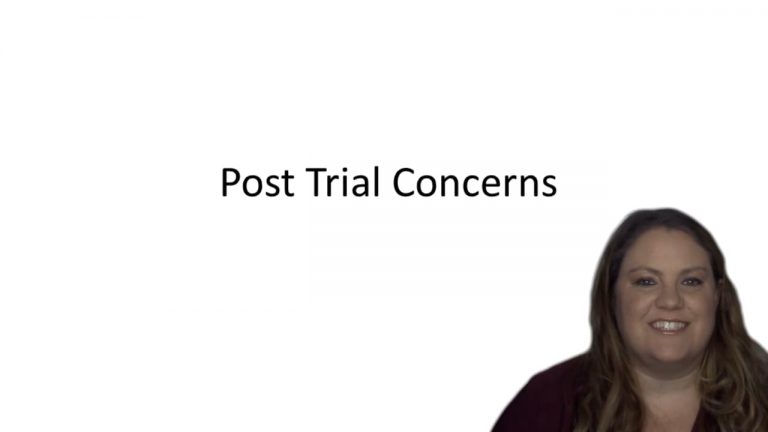SmartBrief
Confirm favorite deletion?
Civil Procedure Keyed to Rowe
Marek v. Chesny
Citation:
473 U.S. 1 (1985)Facts
Marek (Defendant) was a police officer who shot and killed Steven Chesny while responding to a domestic disturbance call. Steven’s father (Plaintiff) filed a civil rights lawsuit against Marek. Before trial, the defendants made a settlement offer for $100,000, including costs and attorneys’ fees. Plaintiff rejected the offer and proceeded to trial. The jury decided the case for Chesny, but awarded him only $60,000 in damages. Plaintiff then filed a request for costs and attorneys’ fees. The defendants argued that plaintiff was not entitled to attorneys’ fees under Rule 68, because the pre-trial settlement offer was greater than the damages award. The district court denied plaintiff’s request for fees.
Only StudyBuddy Pro offers the complete Case Brief Anatomy*
Access the most important case brief elements for optimal case understanding.
*Case Brief Anatomy includes: Brief Prologue, Complete Case Brief, Brief Epilogue
- The Brief Prologue provides necessary case brief introductory information and includes:
Topic:
Identifies the topic of law and where this case fits within your course outline.Parties:
Identifies the cast of characters involved in the case.Procedural Posture & History:
Shares the case history with how lower courts have ruled on the matter.Case Key Terms, Acts, Doctrines, etc.:
A case specific Legal Term Dictionary.Case Doctrines, Acts, Statutes, Amendments and Treatises:
Identifies and Defines Legal Authority used in this case.
- The Case Brief is the complete case summarized and authored in the traditional Law School I.R.A.C. format. The Pro case brief includes:
Brief Facts:
A Synopsis of the Facts of the case.Rule of Law:
Identifies the Legal Principle the Court used in deciding the case.Facts:
What are the factual circumstances that gave rise to the civil or criminal case? What is the relationship of the Parties that are involved in the case.Issue(s):
Lists the Questions of Law that are raised by the Facts of the case.Holding:
Shares the Court's answer to the legal questions raised in the issue.Concurring / Dissenting Opinions:
Includes valuable concurring or dissenting opinions and their key points.Reasoning and Analysis:
Identifies the chain of argument(s) which led the judges to rule as they did.
- The Brief Prologue closes the case brief with important forward-looking discussion and includes:
Policy:
Identifies the Policy if any that has been established by the case.Court Direction:
Shares where the Court went from here for this case.

 4m 1s
4m 1s